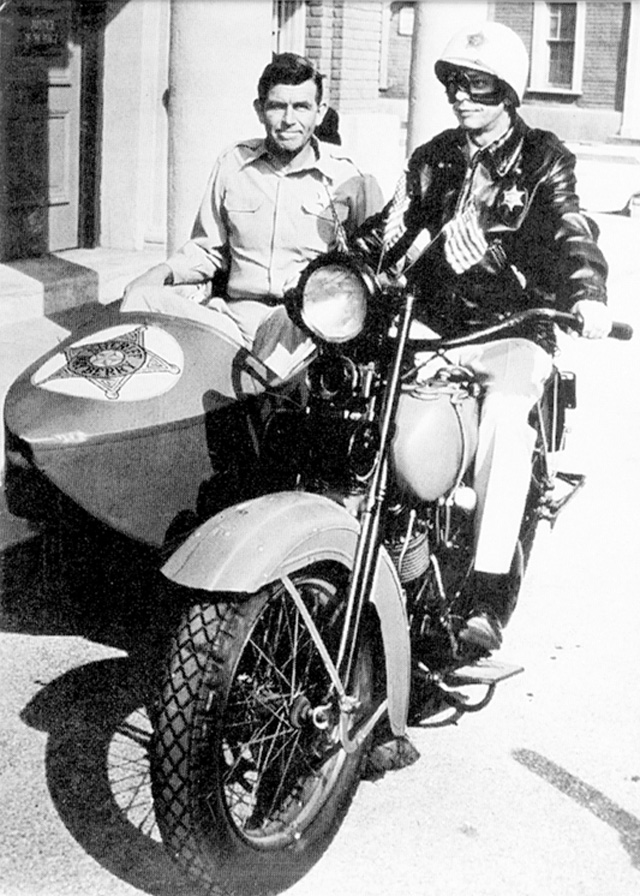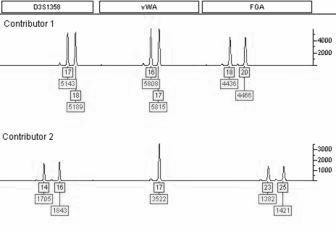Before The Blue Lights: What’s He Doing Back There?
You look in your rear-view mirror and there it is, a patrol car.
It’s so close you can see the reflection of your tail lights in the officer’s mirrored sunglasses. You see him pick up the mic and start talking. You read his lips… “10-4.”
What’s he 10-4ing? What’d you do wrong? You run down the list. Insurance is paid. License was renewed on time. Didn’t run the red light. Seat belt on. Didn’t roll through the stop sign. Then, WHAT? WHY HAS HE BEEN FOLLOWING ME FOR SO LONG? WHAT COULD HE POSSIBLY BE DOING BACK THERE? JUST TURN ON THE BLUE LIGHTS AND GET IT OVER WITH!
Well, there are several things the officer could be doing back there. One, he just may be heading in the same direction that you’re going and is simply the next car in line. Also, you might be so worried about having a police car behind you that you’re driving ten miles an hour under the speed limit. He’d like to pass, but can’t because you’re driving in a lane that doesn’t permit it. The latter is often the case.
But, you just may be the target of a traffic stop, so here’s what could be going on behind you.
1. The officer is calling in your license plate numbers to dispatch. Those busy folks will let the officer know if your registration is current, if the plates on the car are actually supposed to be on that particular car, the make and model of the car, the owner’s name and address, and if the car is stolen, which is a whole new bucket of worms.
Dispatch could also run the owner’s name to see if they’re wanted for any crimes, past DUI’s, have a valid driver’s license, etc.
Of course, the officer could be running the information himself on the in-car MCT (mobile computer terminal), but that’s a little dangerous to do while driving.
2. Your car could match the description of a car that was used in a crime. Therefore, the officer could be calling for backup. If so, he’ll follow you until back up is nearby, or on the scene. This is the time when you could see the business end of one of those shiny Sig Sauers.
3. The officer may have seen you commit a traffic infraction (crossing over the center line, running off the road, didn’t dim your lights when you should have, weave within your lane, etc.) and he’s staying behind you to see if that error was a simple mistake, or if you could possibly be under the influence of alcohol or drugs.
4. He could be following you until he’s reached an area where he feels it’s safe enough to conduct a traffic stop. Officers should be vigilant about their surroundings. They should always plan ahead, making traffic stops in areas where they won’t be boxed in should a shootout take place. The stop area should have a shoulder that’s wide enough to safely pull off the roadway, out of traffic. And they should never make a stop in an area where radio communication is hindered by things such as barrier walls and electrical interference. If the radio doesn’t work, don’t make the stop. Wait!
5. The officer might be watching your reaction to having a police car behind you. Your actions may give him reason to believe that you’re up to no good. Unusually nervous glances in the mirror coupled with erratic movements (fidgeting with something under the seat or console) could mean the driver is reaching for a weapon or hiding contraband.
6. Finally, it could be time for a bathroom break and you’re just in the way. Or, they might be on the way to pick up some lawbreaking clown…
So drive safe, buckle up, and keep your hands and feet inside the car at all times. You never know who, or what, might be following you.
* I’m traveling today (a new adventure), so I won’t be around to answer questions until late afternoon.












